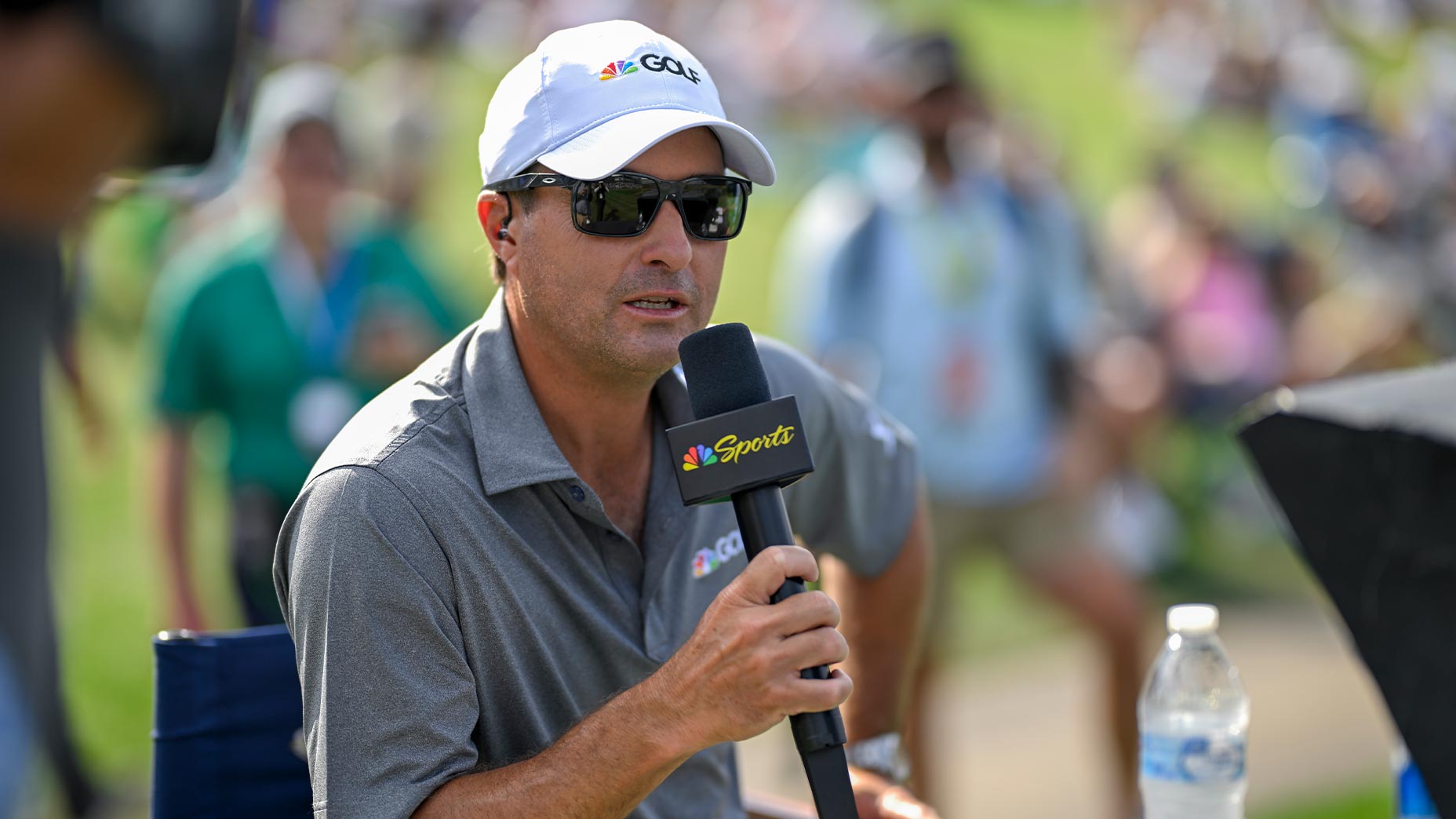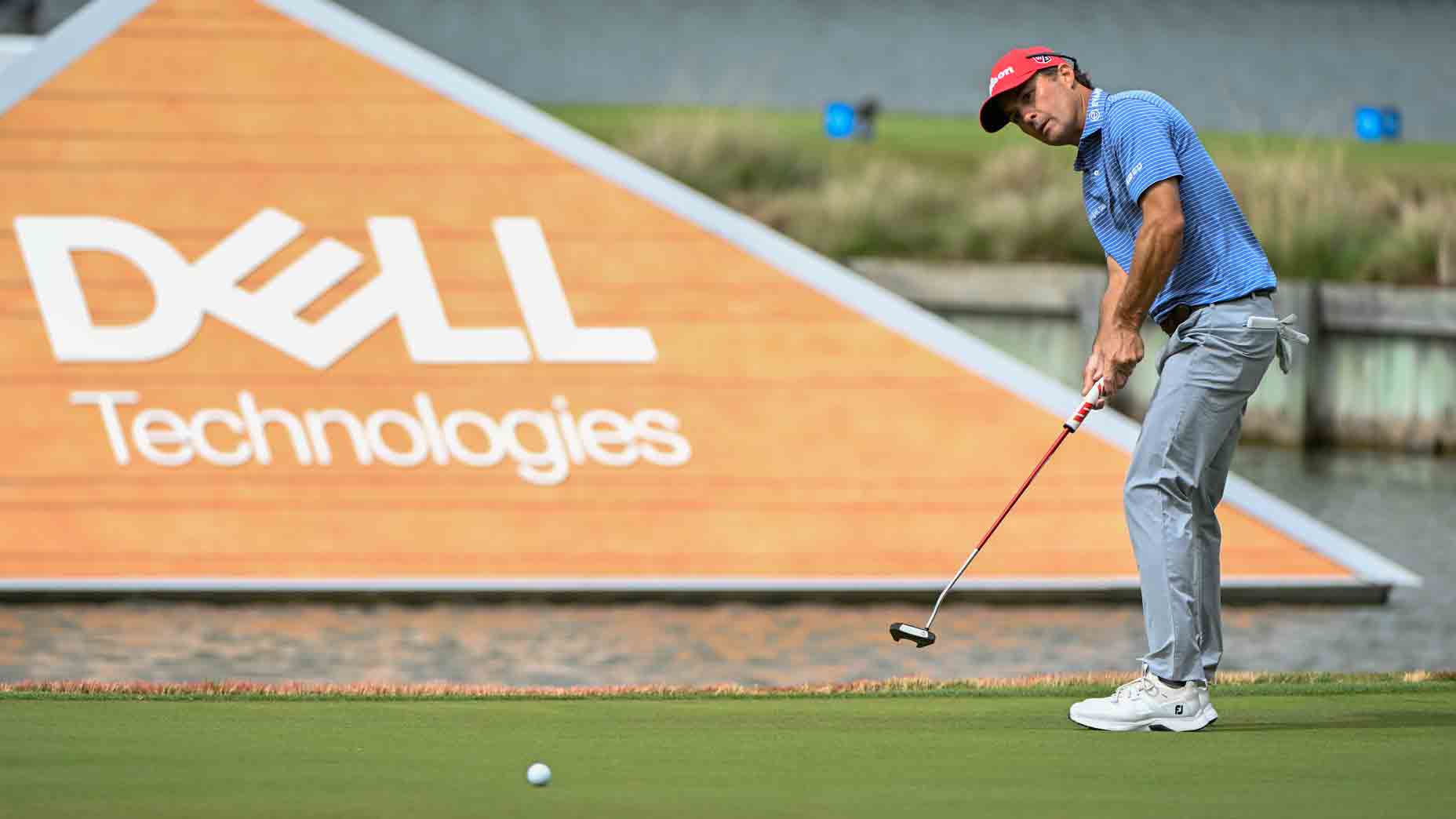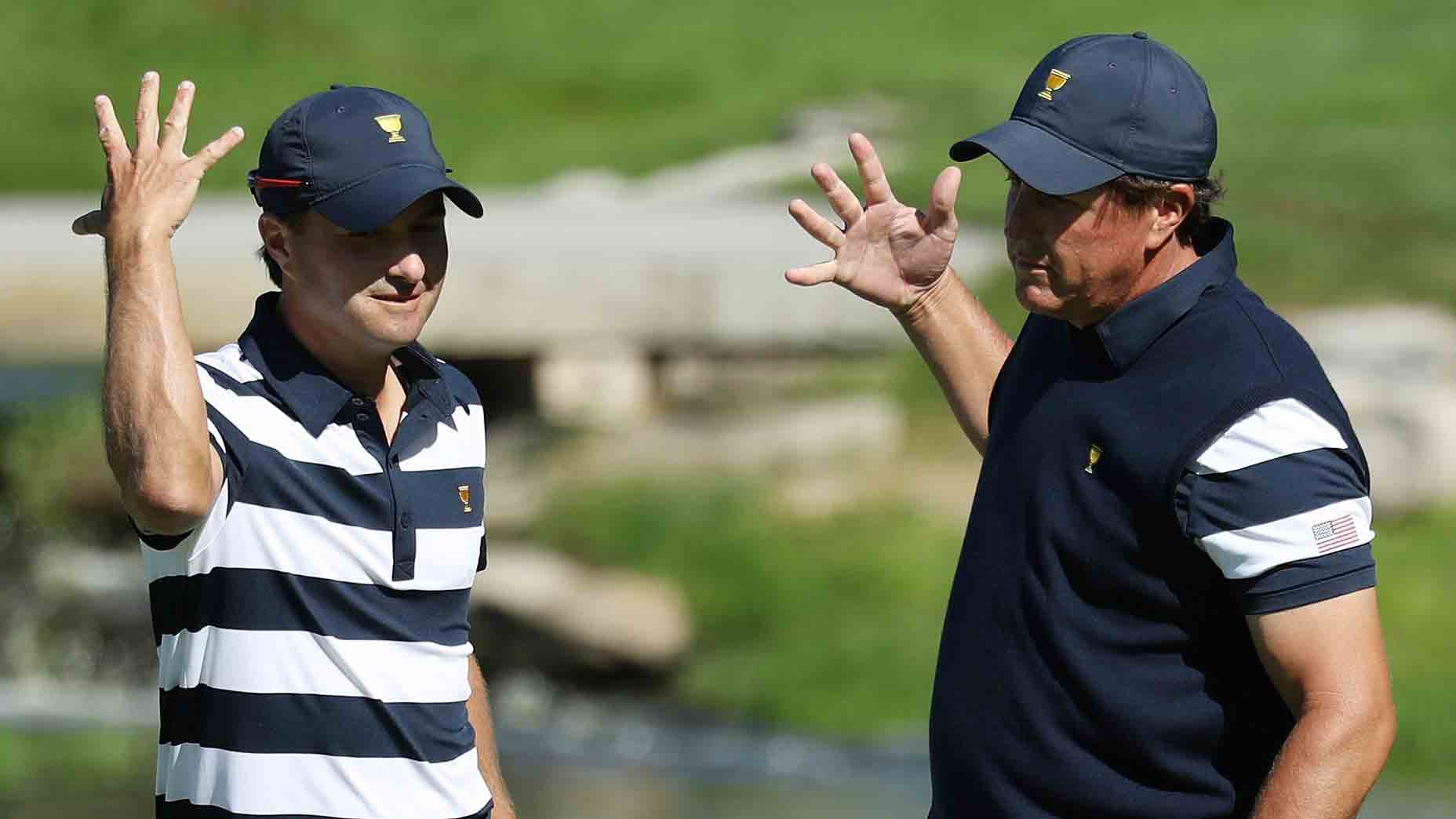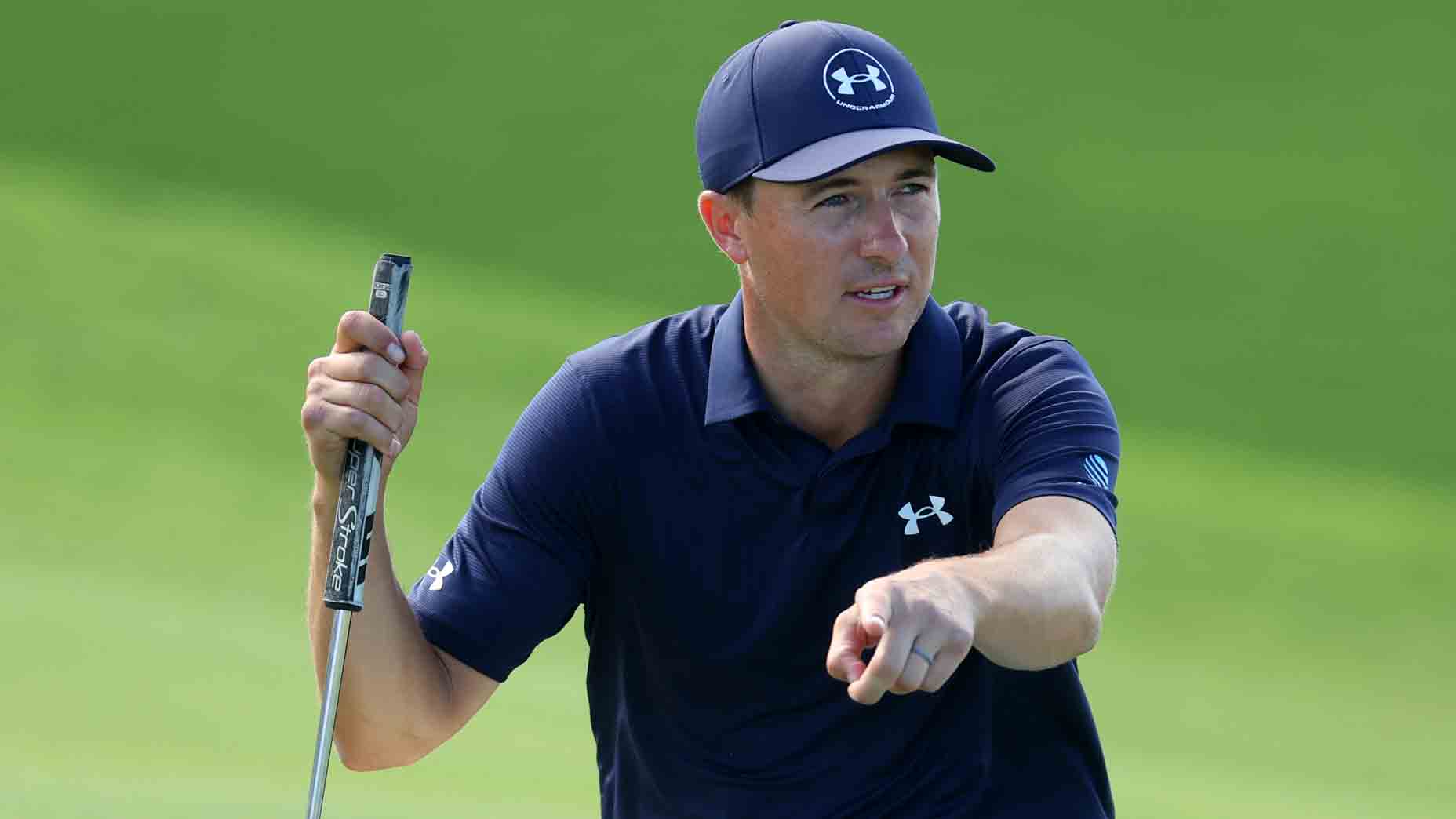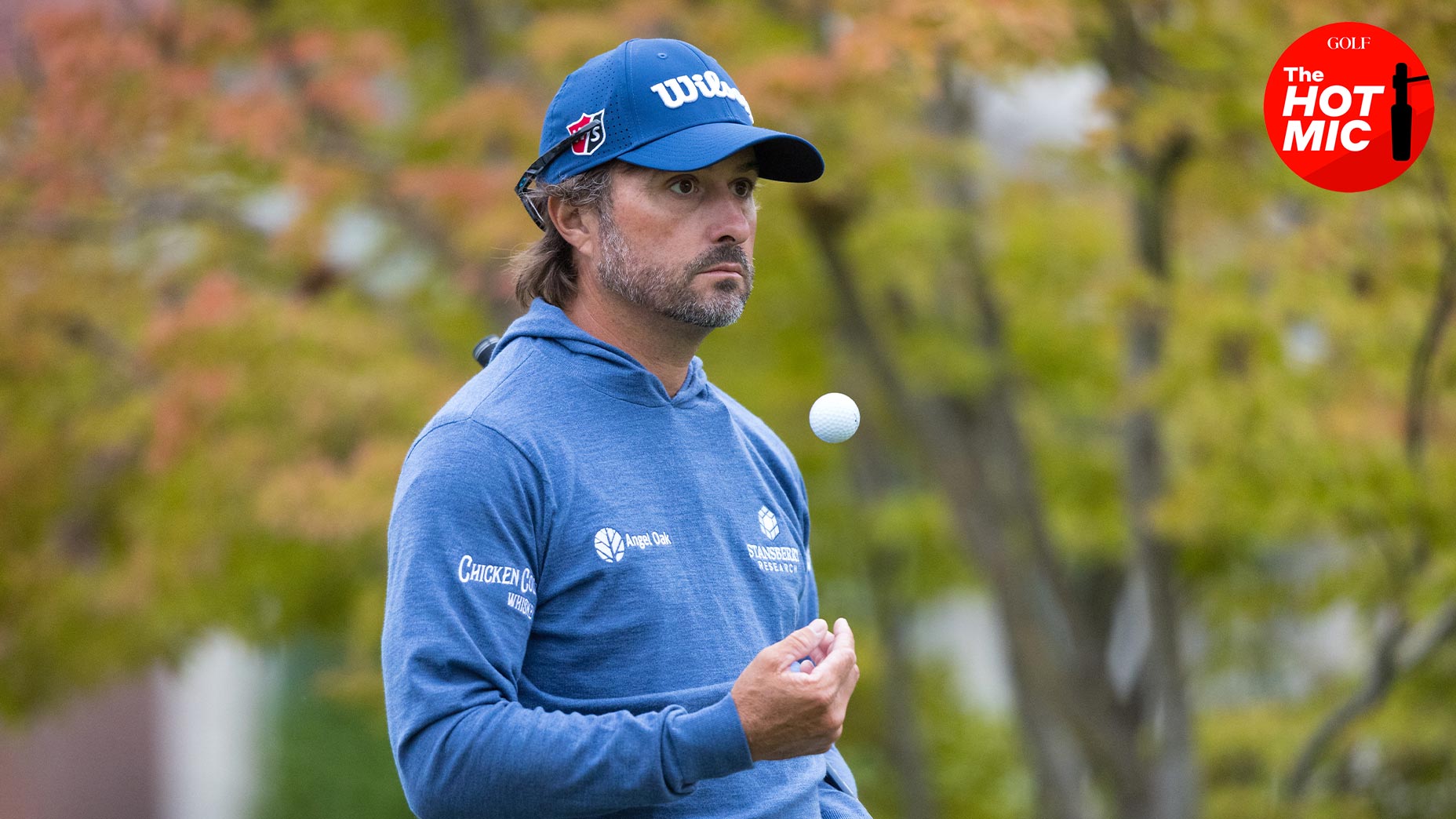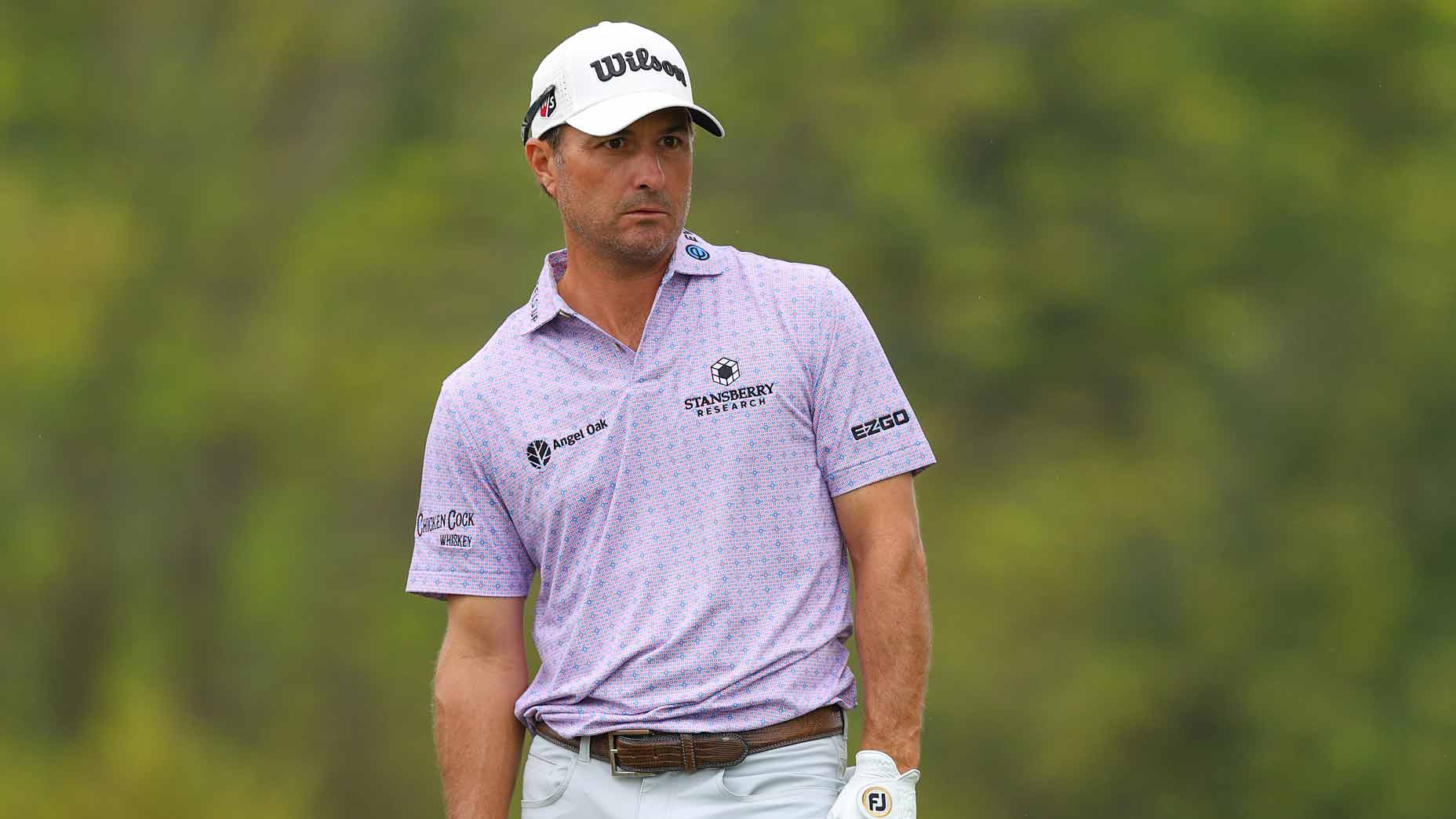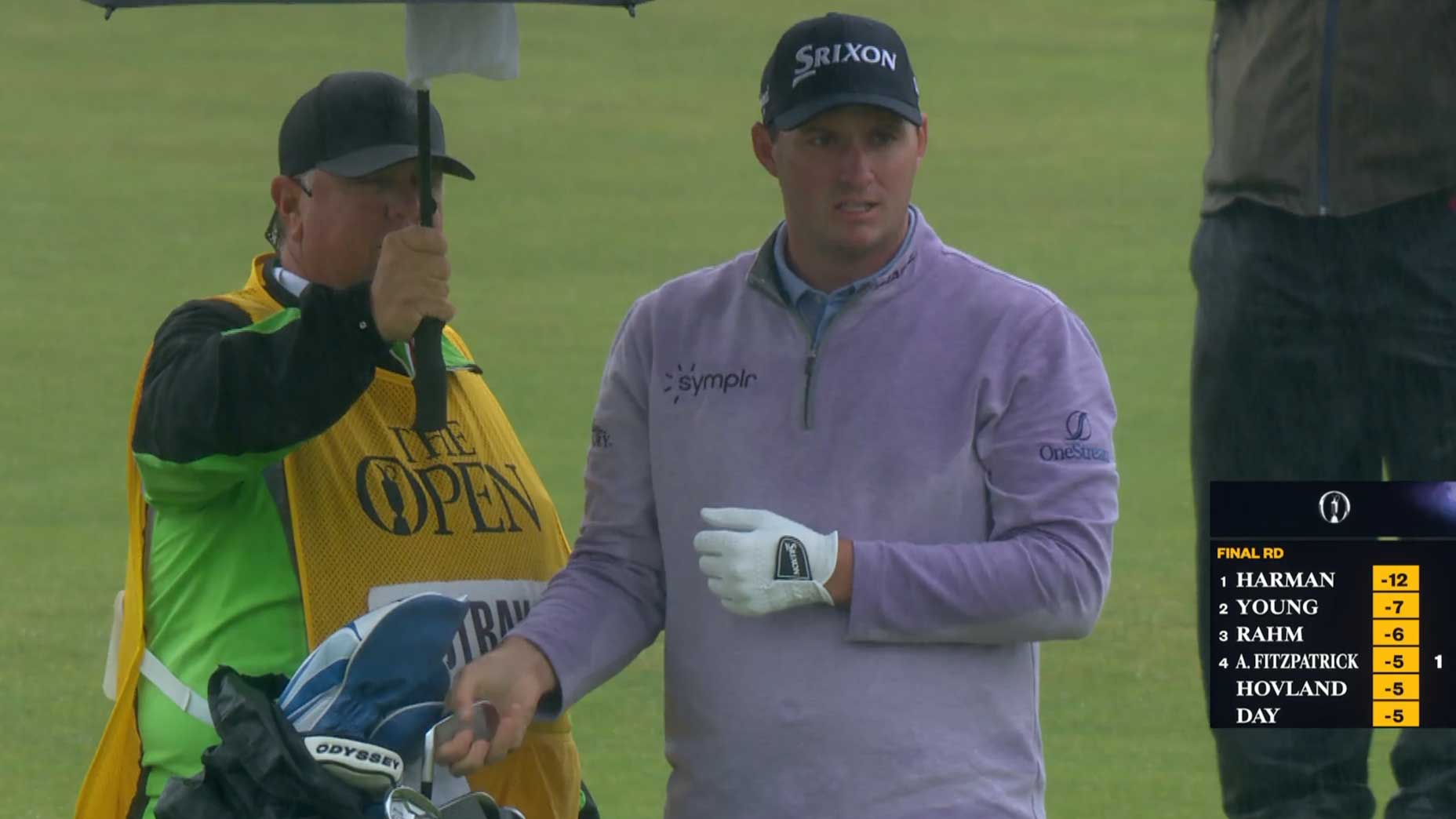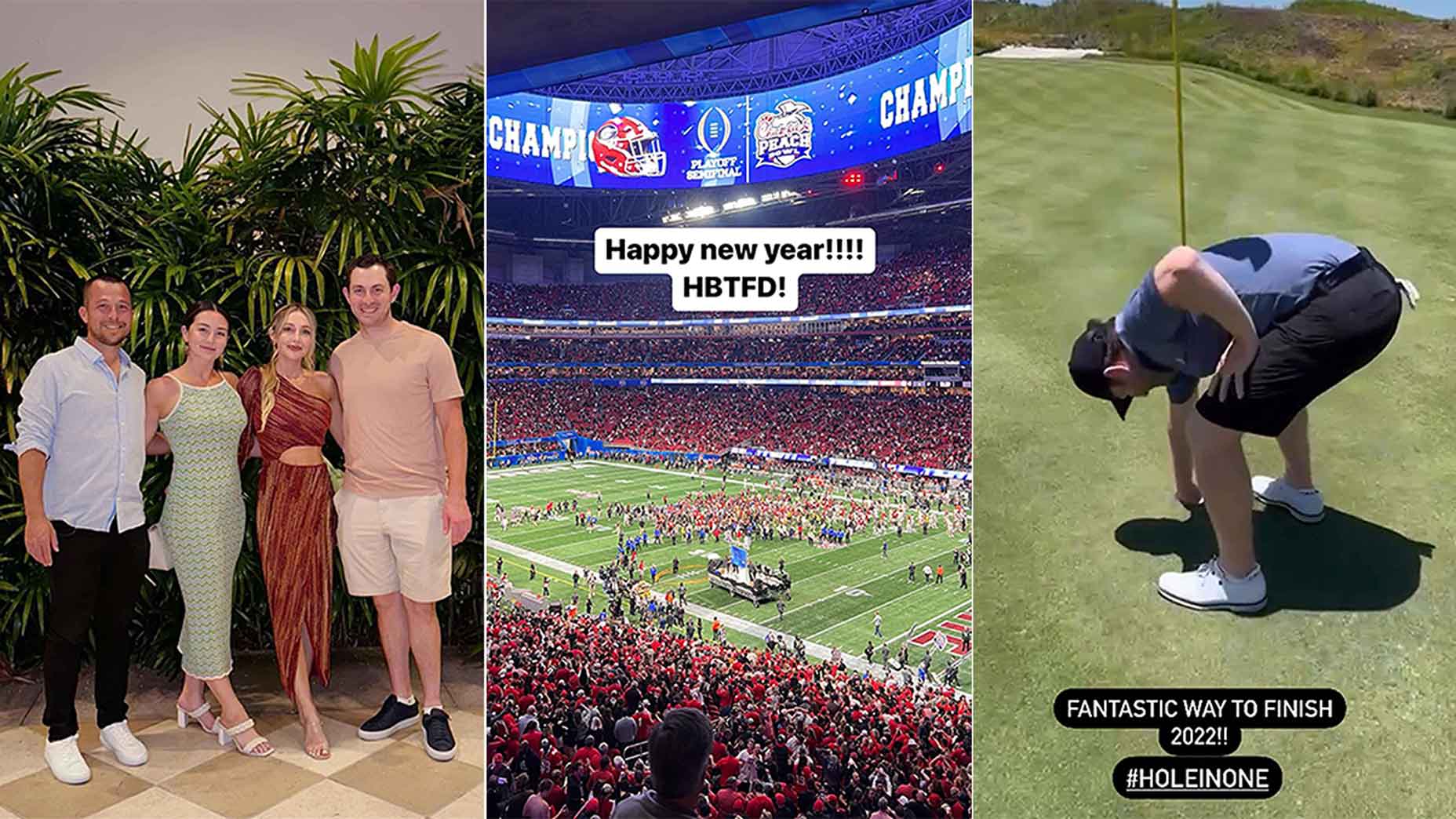Kevin Kisner’s considering 1 interesting strategy after broadcast debut
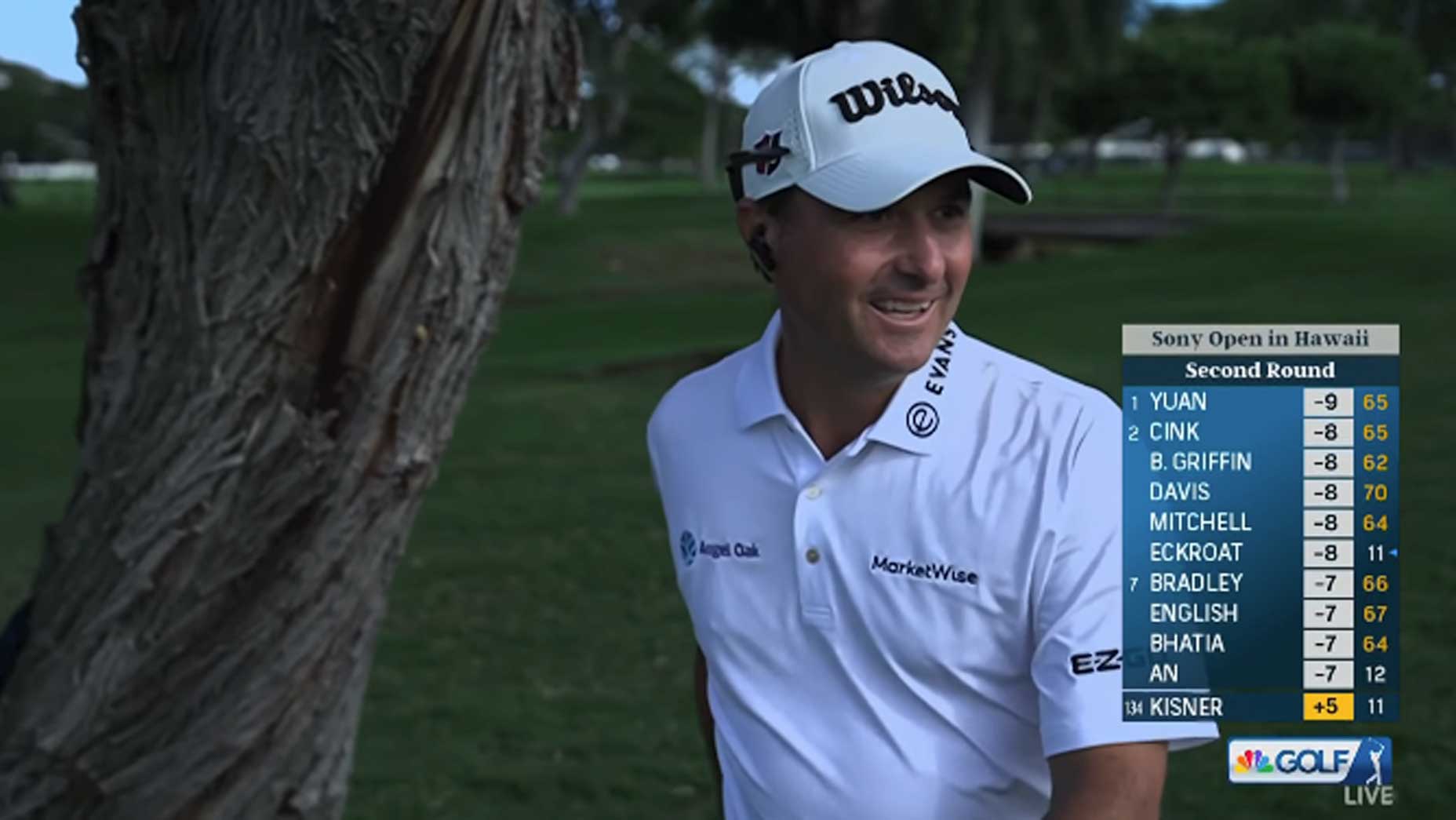
Kevin Kisner's walk-and-talk was full of insights — and deadpan humor.
NBC Sports
For over a decade, we’ve known Kevin Kisner as a PGA Tour player.
Last week, we saw him as a broadcaster.
This week? A little bit of both.
Kisner was back on course at this week’s Sony Open, his first event of the 2024 PGA Tour season. His opening round didn’t go particularly well; he shot five-over 75. But to his credit, that didn’t keep him from doing a walk-and-talk with the Golf Channel crew during Friday’s second round — an interview that yielded a few interesting nuggets.
Had Kisner recovered from his broadcasting debut?
“I guess not!” he exclaimed. “You boys put me through too much wringer. I’m five over, I’m getting lapped.”
Last week, the Kisner one-liner that got the most attention was directed at Jordan Spieth as he stood over a short putt:
“It’s three feet, Jordan, just knock it in, bud.”
But actually playing golf, Kisner said, turns out to be a lot more stressful than calling the action. He got a rude reminder of golf’s cruelty on the second hole of his second round, when he stuffed his approach to four-and-a-half feet. He missed that putt, leaving himself three-and-a-half feet. He missed that one, too.
“I think it’s karma,” Kisner said. “Jordan Spieth is as home scratching on that [voodoo] doll, getting me.”
His wild day hadn’t stopped there.
“I got to the sixth tee and at the top of my backswing my driver shaft snapped in my grip,” he said. “So I’m hitting some random driver now.” The replacement driver, he added, was left in his locker by a brand that wanted him to test theirs.
Despite the near certainty that he would miss the cut, Kisner said there was plenty to work on as he finished his round and looked to next week’s American Express.
“Obviously my driver broke, so it’s a little bit tough out here today, hitting a driver I’ve never hit. But I’m going to keep working on the things I’ve been working on and see if I can get in the groove here on the back nine with 7 to go to lead into next week,” he said.
After hitting the green with his approach shot, he obliged NBC Sports’ Dan Hicks in calling the shots of his playing partners.
First came Tyrrell Hatton: “I love playing with Tyrrell,” he said, then watched his shot off the club. “I think it’s too far to the right — I was right again. I’m pretty good at this.”
Then came Gary Woodland, who was in the fairway bunker. Kisner predicted he would skip an 8-iron to the back pin, taking extra club and flighting it in low. When Woodland found the front of the green, Kisner expressed his disappointment.
“He didn’t hit enough club. I would’ve put him on more club, if I was his caddie,” Kisner said, still deadpan.
Then came what I thought was Kisner’s most interesting revelation. Asked by NBC Sports’ Mark Rolfing for any playing lessons he might have learned from calling the action, Kisner offered this:
“I think I need to start watching PGA Tour Live or the early coverage and start making more notes on putts,” he said. “Once you start watching guys putt you can really pay attention to what the greens are doing and where guys miss a lot of putts over and over again.”
It’s something I’d noticed listening to Kisner call the action at Kapalua; he marveled at the way one pro after another seemed to miss similar putts in similar ways. On what I remember as the ninth hole on Saturday, for instance, he remarked that players kept underreading the break from the middle of the green.
So this observation raised a question I’ve always been curious about — do pros watch the early coverage, looking for clues? From a purely informational standpoint, there must be something to learn. If a putt is breaking consistently more than players think, for instance, or if everyone is coming up short on a par-3, they could adjust accordingly. But there are risks to that approach, too, knowing every player’s game is different and so are the ways they read putts and flight shots — and knowing that the only thing about guaranteed about conditions is that they’ll change. There’s also the matter of players’ preparations for rounds, which are intentional and particular and could get disrupted by the distraction of plotting competitors’ missed putts.
Still, in a game with margins this thin, any chance at a potential edge is intriguing.
Kisner hung up with Golf Channel, off to finish off a respectable second-round 71. But not before getting a few words of encouragement from Hicks, his now-occasional coworker:
“Just knock it in, bud.”


